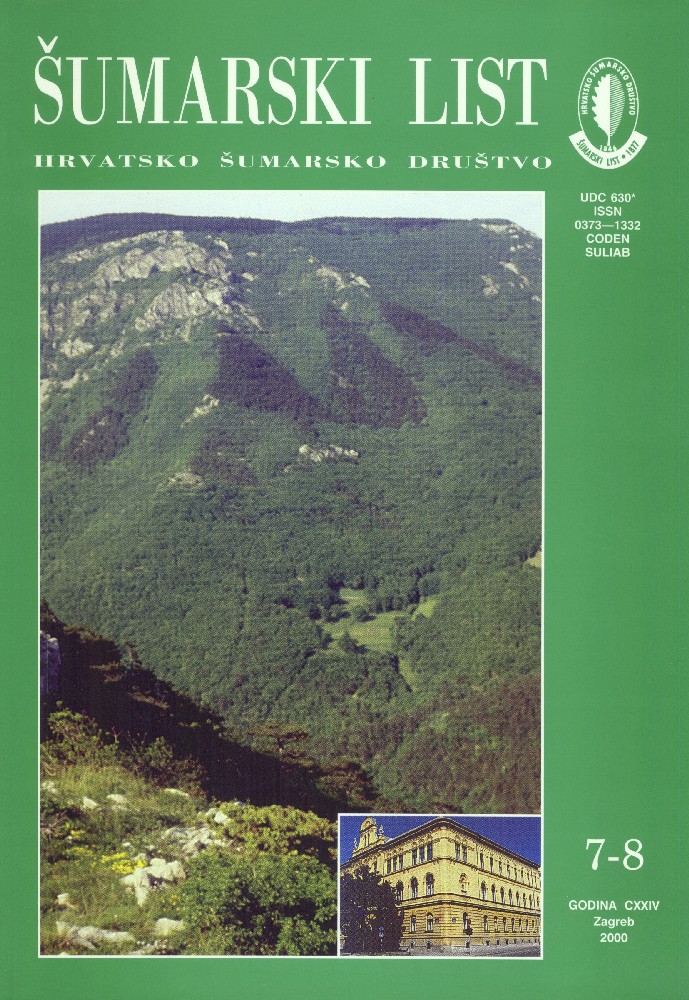Summary: In line with the latest approach to the forestry of Europe, the need to divide forests and forestland into seed units has been felt in Croatia, too. At the 9 meeting held on December 9th , 1993, the Commission for scientific-research work formed a Division Commission, which made a new programe “Forest seed units in Croatia”. Seed units (regions) for the following nineteen tree species were formed: Pedunculate oak (Quercus robur L.), Sessile oak (Quercus petraea Liebl), Evergreen oak (Qercus ilex L.), Pubescent oak (Quercus pubescens Thuill.), Beech (Fagus sylvatica L.), Narrow-leaved ash (Fraxinus angustifolia Wahl.), White ash (Fraxinus excelsior L.), Black alder (Alnus glutinosa Garth. (Z.)), White wilow (Salix alba L.), Black poplar (Populus nigra L.) with hybrids, Fir (Abies alba Mill.), common spruce (Picea abies L.(Karsten)), Scots pine (Pinus sylvestris L.), Austrian pine (Pinus nigra Arnold), Aleppo pine (Pinus halepensis Mill.), Brutian pine (Pinus brutia Ten.), Mediterranean cypress (Cupressus sempervirens L.), allochtonius species: Weymouth pine (Pinus strobus L.), European larch (Larix decidua Mill.) and Douglas fir (Pseudotsuga menziesii Mirb. (Franco)), Maritime pine (Pinus pinaster Ait.). After the division into seed units, the existing data were included into the GIS (Geographic Information System). This resulted in accurate maps for given tree species, and it is exspected that the project will be adopted by forestry practice. The regulary updated HS database played a very important role in drawing up these maps. It contains all informations about forest and forestland in Croatia obtained by regular field measurements.
Key words: maps; seed areas (districts); zones and units (regions); databases; division of forests in the Republic of Croatia; GIS (Geographic Information System) |



